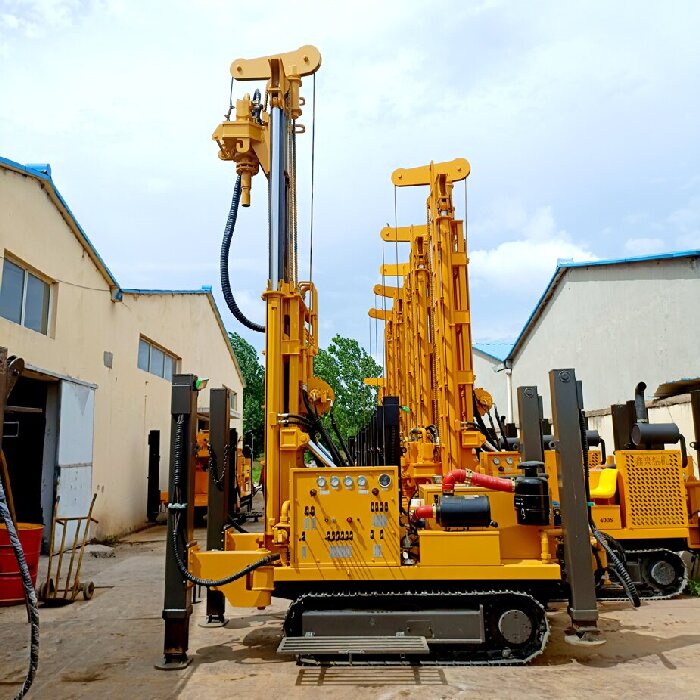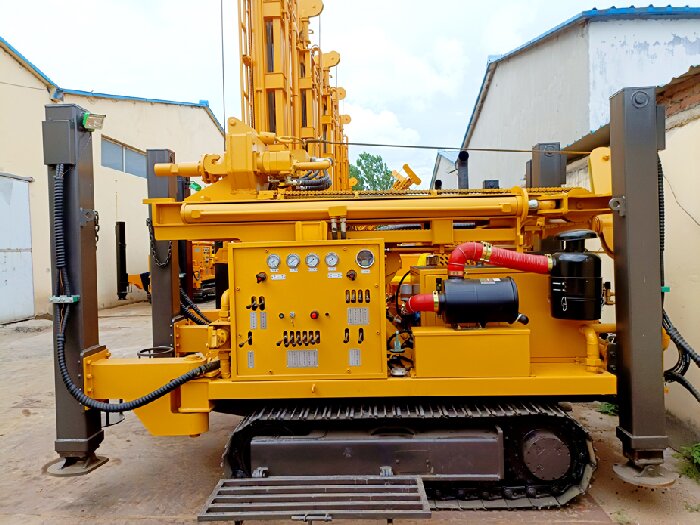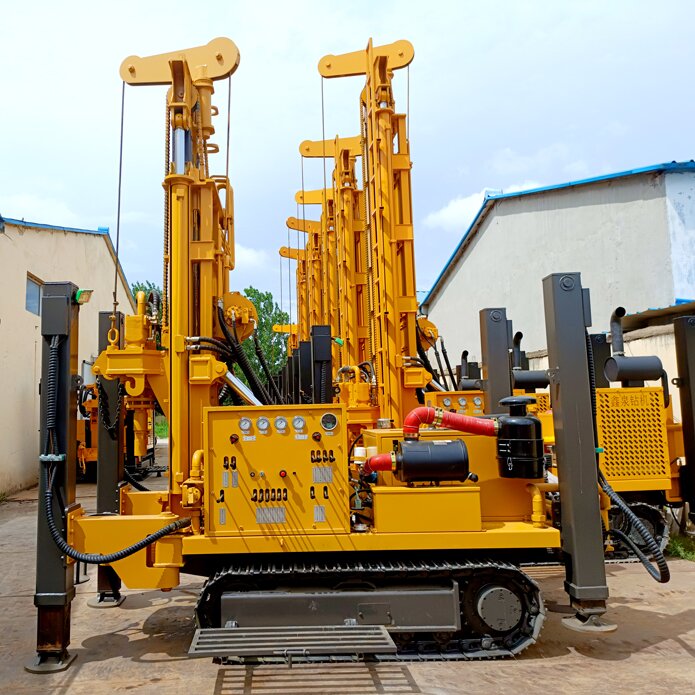Ten Methods for Water Well Drilling Rigs to Prevent Karst Caves in 2025
Dealing with sinkholes is a major headache when drilling water wells in karst areas. These nasty caves can cause huge problems like losing tons of drilling fluid, getting your drill stuck, the well caving in, and even polluting the environment. So, knowing how to stop and fix them is key to making sure your well is done efficiently and correctly. Here are ten common ways to prevent and handle sinkholes, covering everything from initial surveys to the final sealing job, for your 2025 water well drilling reference:

Getting Ready and Choosing the Best Tech
1. Do a Thorough Geological Check and Risk Assessment
You need to do a thorough check of the geology first. Use tools like geophysics and any old reports you have to figure out how bad the karst development is, where the caves are, how big they are, and what's inside them.
Based on that survey, you need to assess the risk of hitting a cave and set up a specific drilling plan and emergency backup strategy.
2. Optimize the Well Spot and Depth
Try to pick a well spot and depth that avoids the known sinkholes, big cracks, or areas with lots of karst activity.
If you can't avoid them, you need to set your casings deeper and make sure you cement them really well before you hit that tricky layer.
3. Choose the Right Drilling Method
If you suspect caves, try using methods like air DTH (Down-the-Hole) hammer drilling or aerated mud drilling. These work much better than standard mud drilling when you're losing circulation.
For smaller caves or fractured ground, reverse circulation drilling is a good bet because it carries cuttings well and uses lower pressure, which is less likely to blow out the cave.
Controlling the Drill as You Go
4. Keep a Tight Grip on Drilling Parameters
When you get close to where you think a cave is, slow way down. Reduce the drill weight, slow the rotation, and ease up on the pump.
You need to keep a sharp eye on your penetration rate, torque, and pump pressure. If the drill suddenly drops or the pump pressure crashes, you've probably hit a hole.
5. Use High-Quality, Thick Drilling Mud
Use high-quality drilling mud that doesn't lose much water and is thick (highly thixotropic/high yield strength). This mud quickly builds a good 'mud cake' on the wellbore walls, which helps seal up small cracks.
If you're in a known cave area, pre-mix some coarse plugging material (see point 7) into your mud for extra sealing power.

Sealing the Caves and Finishing the Job
6. Casing and Cementing—Don't Wait
Get your surface casing in and cemented ASAP—right after you pass through loose ground and before you hit the main bedrock—to stabilize the top layers.
If you hit a big cave, you'll need to seal it, then run your technical casing and cement that too before you can keep drilling safely.
7. Use Quick-Reaction Plugging Materials
When you're losing circulation fast due to a big cave, you need to immediately throw in some quick-setting, high-strength plugging stuff. This includes:
Old-school stuff: Cement balls, crushed rock, coarse sand, and even things like straw or tree branches (good for smaller holes or as a filler).
Chemical plugs: Like a two-component slurry of cement and water glass (it sets really fast).
Eco-friendly polymers: Such as rapidly expanding or gelling bags/devices (great for huge or honeycomb caves because they're clean and effective).
8. Use Multi-Stage, Directional Grouting
If it's a huge cave, a single cement job won't cut it. You need to grout in multiple stages and sections, letting each batch set before moving on.
For really tricky, hard-to-hit caves, try directional grouting to send the slurry straight to the deep parts using a guide tube or bag, making sure you hit the target.
9. Try the Bag-Style Downhole Sealing Device
This is a newer trick for the massive, honeycomb-style caves. A mechanical device sends a bag filled with cement slurry downhole. The bag expands, fills the void, and then sets. This is way better because it stops the slurry from just running off into underground rivers, saving you money and preventing pollution.
10. Post-Drilling Well Development and Protection
Even after plugging, there might be fine particles or leftover mud. You need to thoroughly clean out the well and the aquifer using methods like surging (piston) or air lifting to open up the water channels and make sure you get good flow and clean water.
Finally, when the well is done, pack quality filter gravel around the screen and make sure the casing is sealed and cemented well to prevent surface water or contaminated upper water from sneaking in through the cave layer.

Using these ten methods together will greatly boost your success rate when drilling in sinkhole areas and ensure your water well stays safe and productive for the long haul.
I Hope This Article Was Helpful. If You Have Any Other Questions, Please Feel Free To Contact Us.
Contact us


